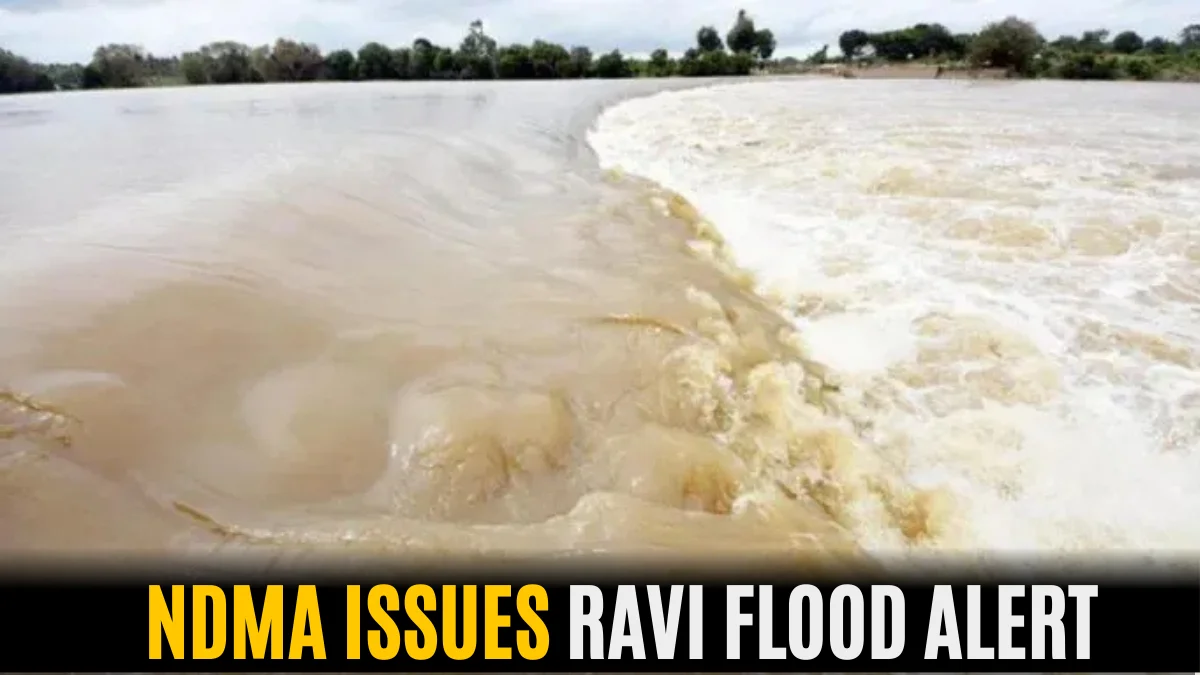The National Disaster Management Authority on Tuesday issued a high-flood alert for the Ravi River after India released additional water into the tributary.
Punjab is facing a serious flood emergency as heavy monsoon rains along with heavy water releases from Indian dams have increased river levels to dangerous heights. The National Flood Management Authority along with the Punjab Provincial Emergency Management Authority has issued high flood alerts and started emergency moves to protect thousands of people in affected areas.
With the ongoing monsoon season, heavy rains have filled river channels in eastern Punjab. This natural process is being affected by the Indian government recent openings of dams like Ranjit Sagar on the Ravi River, and Pong and Bhakra dams in Himachal Pradesh. These actions have brought to a sharp increase in water flow entering Pakistan, pushing rivers Ravi, Chenab, and Sutlej to record flood levels.
ALSO READ:NHA Raises Toll by 10% on M-2 Motorway for 2025
As per official NDMA updates, the Ravi River is experiencing a high flood stage, with water flow levels expected to rise further over the coming days. The Chenab River’s Marala Headworks has recorded inflows above 400,000 seconds, nearing a “severe flood” situation. The Sutlej River is also at capacity beyond safe limits, with record-high water volumes flowing downstream.
The government in Punjab have urgently sent rescue teams, military assistance, and emergency response units to support search and relief operations. Around 190,000 people have been relocated from high-risk flood zones, including districts Kasur, Bahawalnagar, Sialkot, and Okara. Relief camps have been set up with food, medical supplies, and shelter for affected families.
The situation highlights Pakistan’s increasing exposure to climate change. Experts note that strange weather patterns have caused heavier and more intense rains combined with faster glacier melt near the surface. This has outpaced the flood management capabilities of Punjab’s agriculture and emergency response departments.
The recent free water releases by India without any coordination have increased flood risks, prompting concerns about cross-border water governance. The Prime Minister’s office has held emergency meetings directing the quick acceleration of rescue, flight, and recovery efforts.
While no significant losses have been reported in the affected Punjab districts due to timely rescues, officials warn that the next 48 to 72 hours remain critical as more heavy rains are forecast. Citizens are asked to avoid flooded areas, stay clear of riverbanks, and closely follow official flood advisories.
This unfolding flood crisis in Punjab underlines the urgent need for enhanced regional coordination and improved climate resilience strategies to better protect lives and vital agricultural resources in future monsoon seasons.




Join The Discussion